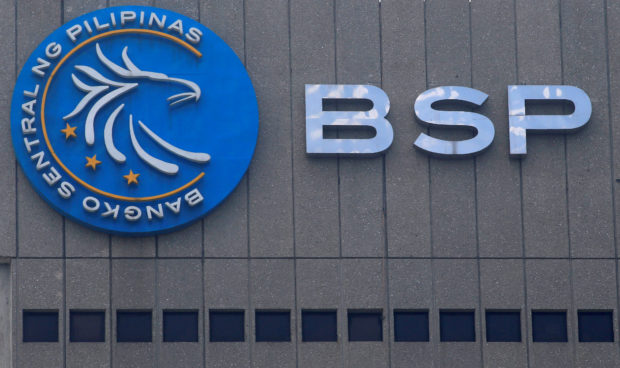Net FDI inflow shrank 14% to $876M in April

The main building of the Bangko Sentral ng Pilipinas (Central Bank of the Philippines) in Manila, Philippines. REUTERS/Romeo Ranoco/File photo
MANILA -The net inflow of foreign direct investments (FDI) into the Philippines shrank by 14 percent to $876 million in April from $1 billion in the same month of 2022 as expectations of weaker economic growth continued to dampen the movement of capital.
The April readout was a sharp reversal of a 53-percent growth seen in the same month of 2022. However, this may also be seen as an improvement from the 31-percent drop recorded a month earlier last March.
This was the second month in a row that net inflows decreased or since $1.05 billion in February.
“The decline in FDI [in April] may be attributed to concerns over slowing economic growth and relatively high inflation levels globally,” the Bangko Sentral ng Pilipinas (BSP) said in a statement.
The biggest component of FDI inflows—net investment in debt instruments—dropped by 7.7 percent to $663 million from $718 million.
Article continues after this advertisementNet equity capital
Also, net equity capital other than the reinvestment of earnings plunged by 33.8 percent to $136 million from $206 million, decreasing for the sixth month in a row.
Article continues after this advertisementFurther, reinvestment of capital decreased for the third straight month, by 19.4 percent to $77 million from $95 million.
The BSP keeps FDI data that represent capital which actually moved, instead of pledged or planned investments that may or may not be realized.
Equity capital placements in April mostly came from Japan, the United States and Singapore.
18-percent drop
These were invested mainly in the industries of manufacturing; real estate; and financial and insurance sectors.
For the January-April period, net inflows dropped by 18 percent to $2.9 billion from $3.6 billion in the same period last year.
For the four-month period, all three components similarly showed a decline, with net investment in debt instruments sliding 18 percent to $2.24 billion from $2.75 billion.
Net equity capital other than the reinvestment of earnings fell by 23 percent to $397 million from $517 million.
Reinvestment of capital was decreased by 6.6 percent to $279 million from $299 million.
BMI, a Fitch Solutions company, forecasts that the Philippine economy will grow by 5.9 percent in 2023.
“The lagged impact of interest rate hikes will weigh more heavily on domestic activity, while weakness in external demand will drag on Philippine exports,” BMI said in a commentary.
“Our forecast implies that we are expecting real GDP (gross domestic product) growth to remain on a slowing trend over the coming quarters [after 6.4 percent in the first quarter this year from 8 percent in the same period last year],” it added.
BMI thinks that the Philippine economy will continue to slow due to in part to high interest rates that drag on investment appetite as well as tepid global demand. INQ
-CSN
READ :
Foreign investments flow into PH down by a third in March
IMF: Philippine economy to grow 6% in 2023, 5.5% to 6% in 2024